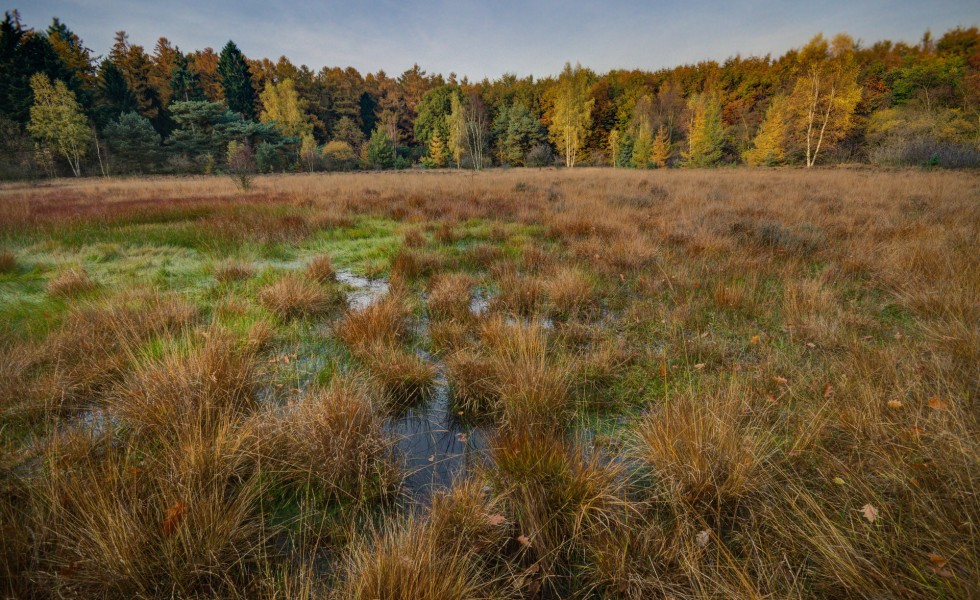The Old Economics of New Agriculture: Drive or Be Driven
Posted on October 11, 2021

A recent, number-laden bulletin posted on the University of Illinois website farmdoc daily caught my attention for two reasons.
First, its data, drawn mostly from several U.S. Census of Agriculture, paints a troubling picture of U.S. agriculture today. More importantly, that picture suggests American ag policy needs to make “strategic” changes to meet new challenges–climate change and new global competitors are two–U.S. farmers and ranchers will confront.
For example, notes the report, the amount of land farmed in U.S. farms peaked at 1.2 billion acres in 1950. In 2017, land farmed totaled 900 million acres, or “26% less.” The “largest decline in land use category [over that period]… was farm woodlots with a loss of 147 million acres.”
Interestingly, however, “Harvested cropland peaked in 1930 at 359 million acres, compared to 320 million acres in the 2017 Census…” Much of that difference can be accounted for in today’s Conservation Reserve Program (CRP); it held 23 million acres in 2017 and no acres in 1930 because the CRP didn’t begin until 1985.
In fact–and here comes the report’s conclusion–today’s “voluntary conservation programs,” mostly CRP, have “materially reduced the ability of the U.S. to expand acres in response to profits from crop production” compared to the two most recent, high-profit eras, 1973-1980 and 2007-2013 when one key element of farm policy was “set asides.”
As such, maybe a “potential strategic response” to this “conversion of cropland” would be for the U.S. to focus more “public crop research from a yield to multi-cropping focus” so “…each acre offers the potential to grow both U.S. crop output… as well as increase land for environmental uses…”
I read the numbers, dug up a few more, and came up with a more urgent forecast. I know; big surprise.
No question, American farmers and ranchers will face growing pressure to balance increased food production with increased climate change. That reality suggests our current approach–too much carbon, too little diversity, too many government dollars underwriting both–will force change.
And we can change. In fact, we’re good at it because we’ve gotten a lot of practice with change over the past near-century.
For example, according to Ag Census numbers, in 1929, U.S. farmers grew 33.5 million acres of oats, 62 million acres of wheat, and 2.9 million acres of soybeans. In 2017, U.S farmers grew only 814,000 acres of oats, just 39 million acres of wheat, and a whopping 90 million acres of soybeans.
So we can do change, even big-time change.
Equally important, though, is what hasn’t changed. In 1929, the Ag Census showed 43 percent of all U.S farmland, or 411 million acres, in “pasture.” Strikingly–even incredibly–the amount of U.S. land in pasture in the 2017 Census was 415 million acres.
So, from just those last few numbers it would be safe to predict that tomorrow’s necessary changes might very well involve huge shifts in crop acreages (I’m looking at you, corn) and little–if any–reduction in pastureland.
Moreover, at 40 percent-plus of our current U.S. farmland base, today’s enormous amount of pasture will likely play a major role in any multi-use/climate-imposed change to food production. How? Think multi-species, multi-crop–including carbon farming–approaches that will transition low-impact pastures into long-term, high-profit acres.
There’s even a throwback government-payment model to achieve the shifts in land use likely needed for U.S. agriculture to decrease its carbon footprint while increasing its carbon sequestration: Yes, land set asides, the hallmark of almost every Farm Bill from the Great Depression through 1996’s Freedom to Farm legislation.
Can’t be done? Maybe not by farmers who are both heavily invested in the machinery and politics of today’s government subsidized, no-tomorrow model.
But tomorrow is coming; that’s a given. What’s also a given is that farmers can choose to drive the change or be driven by it.
© 2021 ag comm
Share This